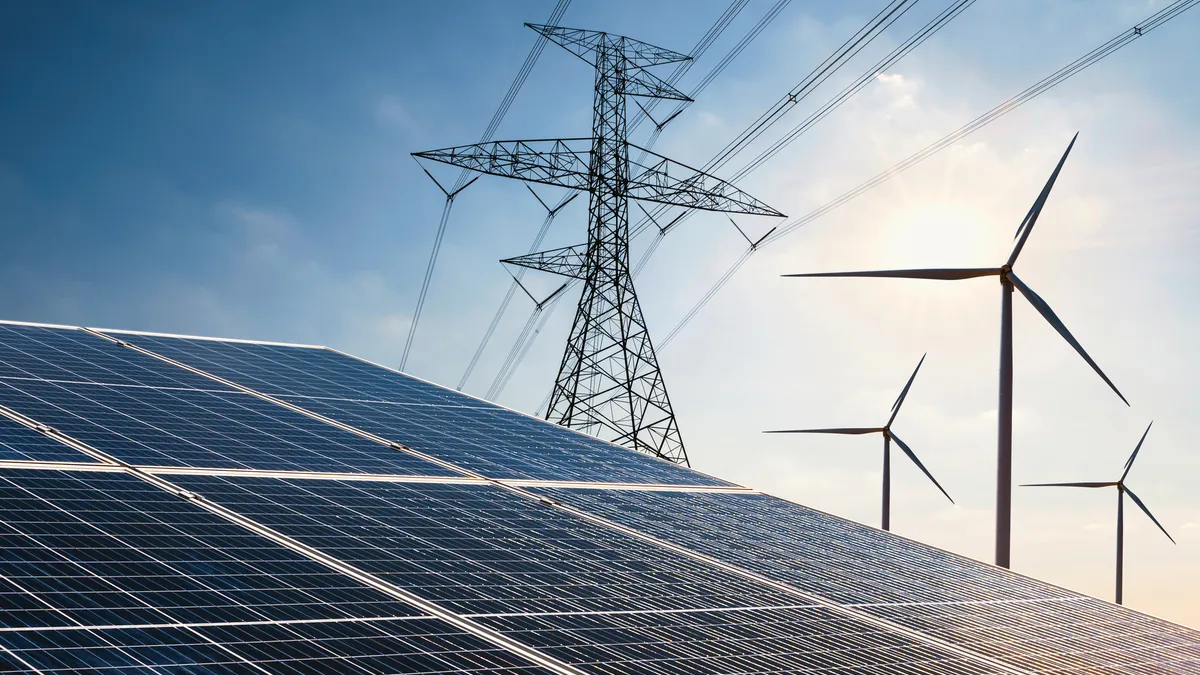Dive Brief:
- Storage resources are now eligible to participate in the Midcontinent Independent System Operator’s energy and operating reserve markets, grid officials said Tuesday.
- Though only a “nominal” amount of megawatts of storage currently are registered, grid officials said, MISO’s generator interconnection queue shows more than 150 energy storage projects — representing about 13,300 MW of capacity — are in varying stages of development.
- MISO’s integration of storage resources comes at the direction of the Federal Energy Regulatory Commission, which in its Order 841 directed grid operators to remove barriers to market participation for storage resources. The Midcontinent grid operator had asked to delay the compliance deadline until 2025, but regulators denied that request.
Dive Insight:
This is the first time resources like batteries, pumped hydro and compressed air will be included in MISO’s market portfolio, which covers 15 U.S. states. While the early benefits are likely minimal, officials say they are expecting rapid growth.
“We are excited to see this space grow with increasing member interest and participation, particularly as we continue to adapt to the accelerating resource transition,” MISO Executive Director of System Operations Jessica Lucas said in a statement.
MISO will be looking for energy storage resources to help reduce peak demand, manage congestion and provide backup power in case of major generator disruptions.
“The near-term benefits of the new [electric storage resources] model are modest due to the small volume of storage resources,” MISO said in a statement. “However, the new model positions MISO ahead of the increased storage participation anticipated with higher penetration of renewables and Distributed Energy Resources over the next five to 10 years.”
FERC issued Order 841 in 2018, directing regional market operators to develop new tariffs that allow energy storage resources to provide multiple electricity market services. In 2019, MISO requested and was granted an initial extension for compliance until 2022. The grid operator subsequently submitted a second extension request, saying its market platform would not be complete until 2025, but FERC denied it.
Storage resources currently participating in MISO are “not enough to report,” said grid operator spokesperson Brandon Morris. “But as we continue to transition, we will likely see more of this in our queue.”
The energy mix in MISO is rapidly changing.
The grid operator anticipates the retirement of about 58 GW of mainly coal-fired power plants, and the addition of about 90 GW of solar, gas and wind, by 2039. And in July, the operator’s board of directors approved a $10.3 billion transmission plan to support wind, solar, hybrid and stand-alone battery projects being developed to meet state and utility clean energy goals in its northern and central regions.














